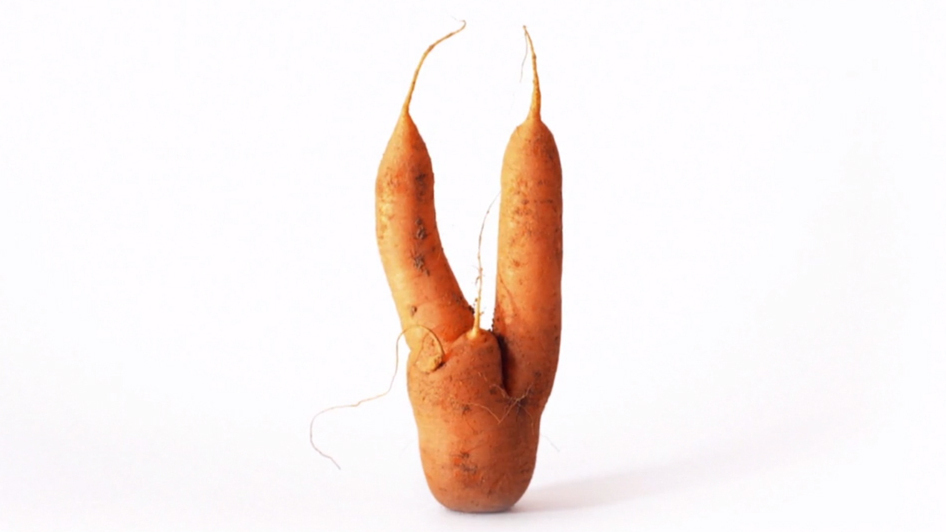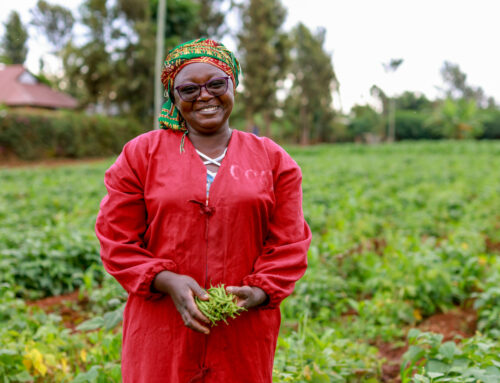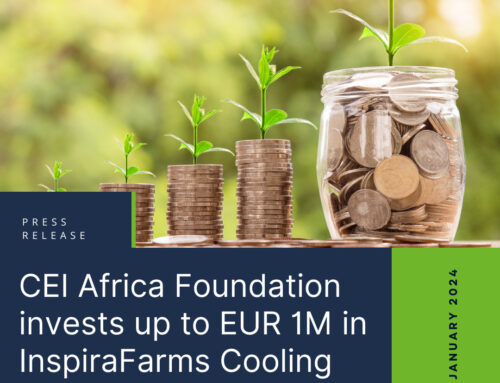When ugly means tasty and profitable: marketing imperfect produce to reduce food waste and economic losses for producers
About a third of the planet’s food is wasted, often just because of how it looks. That’s enough food to feed two billion people. Fruit & vegetables have the highest rates of loss and waste among any food group, accounting for 40-50% of global quantitative food losses each year. Studies at the country and regional level show that more than half of fruit & vegetable losses and waste is due to discarding along the supply chain.
Perfectly edible produce goes to waste every year for different reasons: market fluctuations, quality standards, cosmetic imperfections, and short shelf life among other reasons. Countries such as the UK and the US report that more than 50% of edible fruits and vegetables are thrown out. The food loss situation becomes particularly distressing if we think through the math that 1.3 billion tonnes of food is lost or wasted each year when there are more than 800 million hungry people in the world. There is no need for a person to go hungry when 50 percent of produce thrown out is edible.
Nearly 70% of fruit and vegetables losses is due to culling, the removal of products based on quality or appearance criteria. Due to discarding along the supply chain, 1-4% of produce is left in the field after harvesting, up to 30% of the product is removed during packaging, and 20% is lost during food processing and distribution[1].
These numbers give rise to several questions: why are large quantities of edible produce being thrown out? What viable solutions exist for reducing this waste and the accompanying economic losses for farmers and producers? Below, we define the problem of discarding food, and highlight some solutions for using discarded produce.
What is fruit and vegetable discarding?
Discarding occurs when produce is rejected for “quality” reasons and constitutes an example of food waste because an edible item goes unconsumed. Quality, however, has different shades of meaning. Many of the large grocers dictate exactly how their fruit and veggies should look like. If produce fails to make the grade for size, shape, weight or color, it’s deemed “ugly” and unsellable. In some supply chains, it is estimated that farmers throw away a third of their harvest due to strict retailer and consumer cosmetic standards[2].
“Ugliness” doesn’t refer only to produce that is rotten or expired, but includes naturally bruised or wrinkled produce. Although such produce might not look “perfect”—maybe it’s a bit bigger or smaller than the “norm” or perhaps it’s misshapen—it is perfectly fresh, nutritious and delicious.
Discarding as a result of reduced shelf life occurs when produce spoils because of inconsistent refrigeration—such as when it is forced to sit too long at loading docks. Rejected perishable food shipments are often thrown out if another buyer can’t be found quickly. Even if these goods make it to market, they are often wasted anyway because the inconsistent refrigeration has shortened their shelf life.
At the retail level, supermarkets aim to offer fresh produce that looks exactly the same, and at some point, this put consumers in the habit of looking for these characteristics when shopping. So developed a vicious circle of supermarkets removing produce in anticipation of consumer dislike, to show constant “freshness” and avoid risking their reputation among customers.
Solutions towards discarded fresh produce
Initiatives for reducing waste from discarding can be implemented at different stages from farm to fork, and can involve a number of players—ranging from farmers, distributors, agribusiness, agri-entrepreneurs and consumers. The ugly produce waste problem has many solutions and represents an untapped market that can generate great margins and returns.
Farmers:
Have several solutions to avoid throwing away produce that doesn’t meet the retailer grade. For instance, they can secure secondary local markets to deliver good but rejected produce, offering lower prices. Installing on-farm refrigeration can increase the shelf-life of imperfect produce, thereby making it easier for producers to either reach local markets or to process the produce – such as peeling, chopping or juicing—which can help increase market opportunities.
Agri-businesses:
New agri-entrepreneurs are starting to jump into the business of selling produce that is “ugly” but edible to consumers for a discounted price. Value-added products coming from discarded produce—such as pre-packaged chopped vegetables, puree mixes for soups, stews, and even baby food—Is becoming a very attractive business because low-priced produce is converted into high-value products.
Distribution & retail:
These value chain actors are starting to be more conscious about the challenges of farming, and are looking into ways to reduce the amounts of rejected produce. Increasing shelf life of fresh produce by investing in better handling, packing, and assuring a constant cold chain from farm to shelf are some initiatives seen in several supply chains. For example, investing in better logistics by establishing a cold chain that starts immediately after harvest (through on-farm cold storage and refrigerated transportation) for increasing shelf life and quality. Supermarkets can also educate consumers on what produce looks like at different stages of maturity and establishing space in their stores where misshapen fruits and vegetables can be offered to consumers at discounted rates. Additionally, supermarkets are increasing their offering of prepared meals, which frequently use the aesthetically unappealing produce that reaches their stores.
Consumers:
Can be more conscious about the reality of fruit & vegetable production, understanding that is natural for some produce to be misshapen or look imperfect. Aesthetic defects in fruits and vegetables are not the equivalent of poor quality or reduce nutrition properties. Consumers can make efforts to buy imperfect fruits and vegetables in supermarkets and local markets. The current consumer preference for perfect-looking produce not only forces some fruit and vegetables to be voted off the marketplace, but it also drives down the price of even slightly misshapen, smaller, or scarred fruit.
Not-for-profit organizations:
Food banks, for example, are charitable organizations that distribute discarded food to those who have difficulty purchasing enough food to avoid hunger. Food pick-up of discarded produce can be performed in collaboration with the food banks and produce traders.
Some consulted sources



